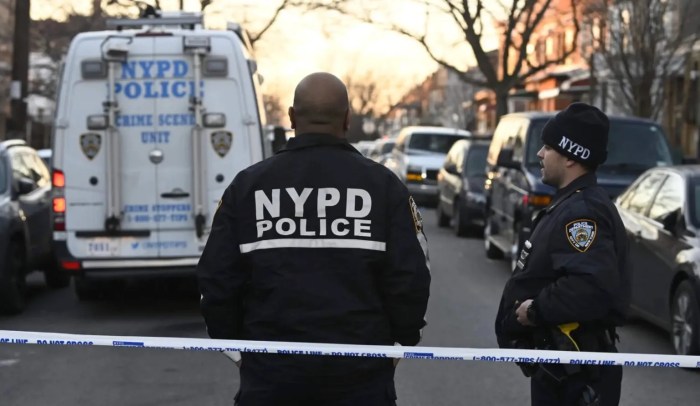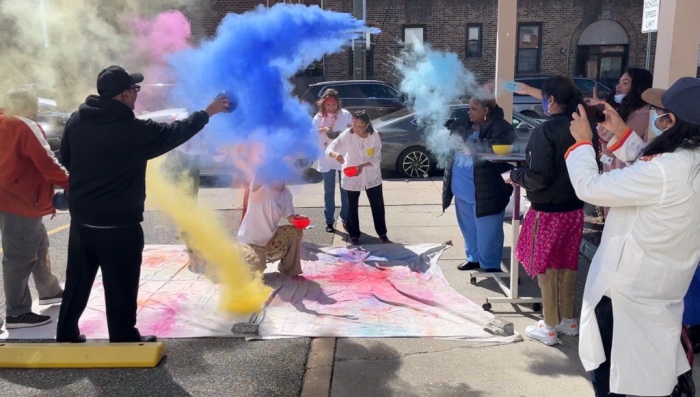Roadmap Points Way To Landmarks
Gov. Andrew M. Cuomo unveiled New York’s new “Path Through History,” a statewide roadmap that ties historically and culturally significant sites, locations and events throughout the Empire State.
This new effort to highlight New York’s heritage aims to not only showcase New York State’s history and cultural significance but also promote tourism and economic development in communities in every region of the state.
“The Path Through History will highlight the rich history that exists in New York State by showcasing more than 200 hundred of our most significant sites and historic milestones,” said Cuomo. “From Mark Twain writing Huckleberry Finn in Elmira to John Coltrane’s one-of-akind jazz being played on Long Island, we have done and see it all in New York and now we are putting our state’s heritage on display for the world to enjoy. The regional tourism plans highlight the best our state has to offer and will give us a deeper appreciation of our past. I thank the Task Force for their hard work on this initiative and I encourage all New Yorkers and visitors to take advantage of these sites.”
At the “Path Through History” conference in Albany last Tuesday, Aug. 28, the governor announced that the state will allocate $1 million to jumpstart 10 regional heritage tourism marketing plans. In addition, Cuomo unveiled proposed new road signs to be installed on major state highways to promote local historic sites from New York’s history, and previewed a new website that will have additional information on the sites.
The Path Through History will be marked by brand new signs that will be placed along the New York State Thruway and other major arteries to direct travelers to historic sites in the area.
New York State will give a total of $1 million in order for the regions to implement their heritage tourism plans. In partnership with the 10 Regional Economic Development Councils, regional workshops will receive $100,000 grants based on their proposal for marketing, planning and regional promotion activities. These workgroups will coordinate with local tourism entities to promote the state’s vast network of museums, historic sites, and other cultural institutions located throughout the entire state. The regional workshop presentations are available at www.governor. ny.gov/pthpresentations.
This initiative is designed to raise the profile of New York State’s unparalleled network of museums, historic sites, and other cultural institutions. Heritage tourism has a $5 billion impact on New York’s economy per year.
The new signage system consists of two types of signage. Over 200 new signs will highlight key moments in New York and American History and be placed between exits of major state roads. The Historic highlights were selected with the help of leading historians. These signs are branded with a unique “Path Through History” logo. The full list of the signs by region with the corresponding historic signs is available at www.governor.ny.gov/assets/documents/ PTHSignage.pdf.
Each sign is also keyed to a historic theme to allow for customized tours. The initial themes include arts and culture, canals and transportation, civil rights, colonial history, innovation and commerce, Native Americans, natural history, The Revolution, sports history, U.S. presidents, the War of 1812 and women’s rights.
The full list of sites by theme is available at www.governor.ny.gov/ assets/documents/ PTHsites- bytheme2.pdf.
In addition to these iconic signs, new “Path Through History” attraction signs will be placed at exits to direct motorists to the historic sites that correspond to the iconic signage. The new style of signage is subject to federal highway safety rules and could be adjusted to meet those standards.
In March, the governor created the Historic Corridor Task Force composed of leading historians to advise the Thruway and the state on the creation of the initiative. The task force is co-chaired by Mark Schaming, director of the State Museum, and award-winning historian and Senior Vice President of the Metropolitan Museum of Art Harold Holzer.
Additional members of the Task Force include Dr. Robert Harris of Cornell University, Kenneth T. Jackson, professor in history and the aocial sciences at Columbia University, and Dr. Lisa Keller, professor of history, urban and women studies at SUNY Purchase. All of the members of the task force addressed the conference and worked closely with the Governor’s office and the regional members to create the regional heritage tourism plans.

































